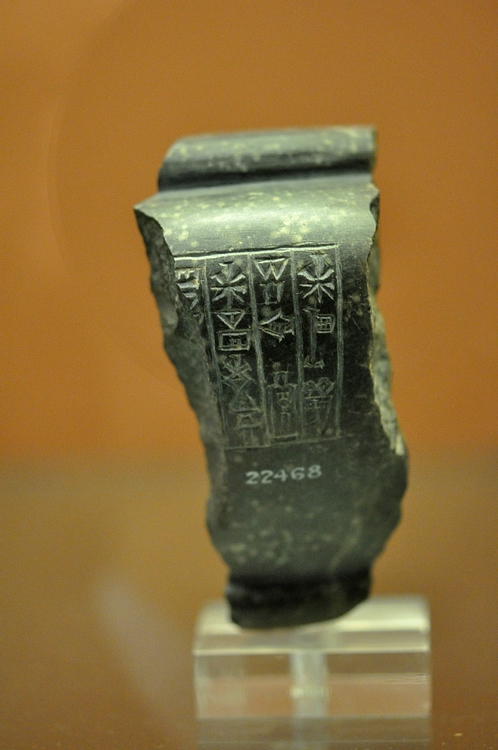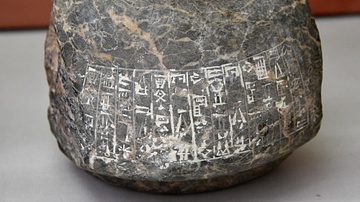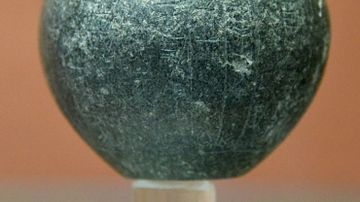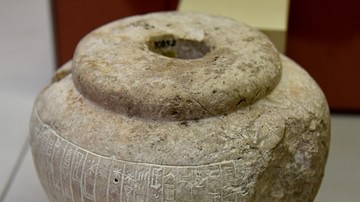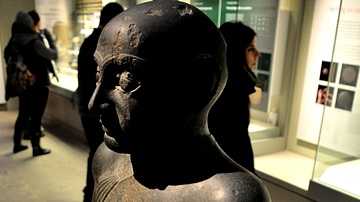Illustration
This votive stone mace head was polished and incised with four lines of cuneiform inscriptions. It was a dedication to the god Igalim by Gudea, ruler of Lagash.
Lagash II period, c. 2150 BCE. From Lagash, Southern Mesopotamia, modern-day Iraq.
The British Museum, London.
About the Author
Cite This Work
APA Style
Amin, O. S. M. (2017, August 02). Votive Mace of Gudea. World History Encyclopedia. Retrieved from https://www.worldhistory.org/image/6953/votive-mace-of-gudea/
Chicago Style
Amin, Osama Shukir Muhammed. "Votive Mace of Gudea." World History Encyclopedia. Last modified August 02, 2017. https://www.worldhistory.org/image/6953/votive-mace-of-gudea/.
MLA Style
Amin, Osama Shukir Muhammed. "Votive Mace of Gudea." World History Encyclopedia. World History Encyclopedia, 02 Aug 2017, https://www.worldhistory.org/image/6953/votive-mace-of-gudea/. Web. 03 Jul 2025.

